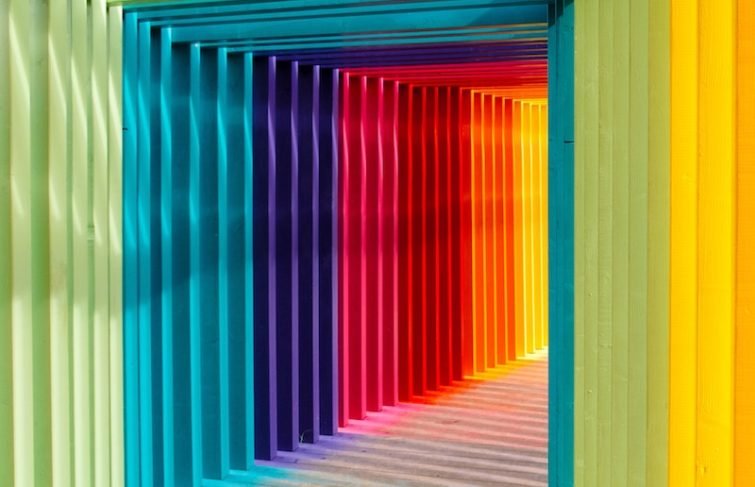8 Elements of Brand design Ecosystem

Consistency is the gold standard of great brands. It doesn’t matter if you
are a solopreneur with a personal brand or a Fortune 500 company, the
rules are the same. Visual consistency makes you look professional and
speeds customer recognition across media channels.
Logo | Identity
The core visual identity or logo for your business is undoubtedly the most important visual branding asset you must develop. Whether this is a “wordmark” – simply the name of your brand or company in a specific font treatment, or a “lock-up” of a wordmark in combination with a icon that used as a unit.
Alternate Logos
Once you have the main logo, you may need to develop alternate versions of it. Possibly a version that works in a square format or one that works in a long horizontal format. It is not uncommon for a brand to have up to 2 alternate layouts of their logo for specific usages. It is strongly advised not to go overboard here – you don’t want to confuse your customer. If your logo has one or more colors in it, it is also a good idea to have a version
that is only black and white.
Usage Guidelines | Yes/No Rules
Once the logos are designed, you need to have a document created that is a set of instructions illustrating exactly how they are allowed to be used. Can your logo have a drop-shadow added to it? Will you allow people to stretch the logo out vertically? Should they be allowed to fill the letters with a photograph? No “not allowed” rule is too ridiculous to show. You would be alarmed what people will do to your logo – to be “creative” or to “make it special for just this one use”.
Fonts
Outline exactly what fonts and sizes are allowed to be used on your brand collateral materials, website, of products. There should be an absolute maximum of four. But I suggest you limit it to two fonts: a primary and secondary. A main usage font for titles and headlines and a secondary or text body copy font.
Color Palette
Choose a palette of colors that are to be used in your brand materials. Specify the exact Pantone Matching System name (or similar color system), as well as hexidecimal numbers for digital usage. These should be colors that are used in your logo and well as any additional colors, secondary or tertiary that design partners will need to create your branding materials. Spend time getting them right. Next to smell, color is the strongest driver of
primal emotional reaction. Don’t go overboard here. Four or five colors is all you need for 90% of brands. A main brand color, a couple neutral colors, a “pop” or bright color, and a darker color. (Try Adobe’s Kuler.com, an amazing tool for generating complementary color palettes)
Pattern +Texture
It is a good idea to create a pattern or texture that will be used with your branding. Having a pattern to use in backgrounds on websites, brochures, banner ads, will come in handy. You don’t want to leave this type of a design decision to your design partners every time they create something for you. You will inevitably get something different every time. Over
time the lack of consistency will greatly reduce the quick recognition of your brand when a customer comes in contact with you. Ideally you want visual recognition of your brand to be instantaneous and unconscious.
Graphic Elements + Icons
Designing or choosing a style of icon to be used with your branding materials is an often-overlooked part of brand design. The need for iconography has become even more necessary as brands operate more and more in the digital realm. When it comes down to it, people don’t want to read. They want cryptography. They want to be able to navigate with pictures. What will the style of your icons be? Cartoony? Technical? Hand illustrated? One color? The choices you make here will reflect on your brands personality.
Usage Examples
Create examples of what your branding, logo, fonts, color, palette, etc. look like when they are actually used. This will give aesthetic guidance to your future design, marketing and advertising partners. Design a mock-up of a few items that illustrate how your brand could appear. Try a T-shirt, signage, a full-page magazine ad, a billboard, delivery truck,
Facebook banner. It doesn’t matter whether you actually will be using all of these in real life. It creates a picture of your brand ecosystem. You will be surprised how designing just a few examples will begin to provide a clear idea of how your brand “looks and feels”.
